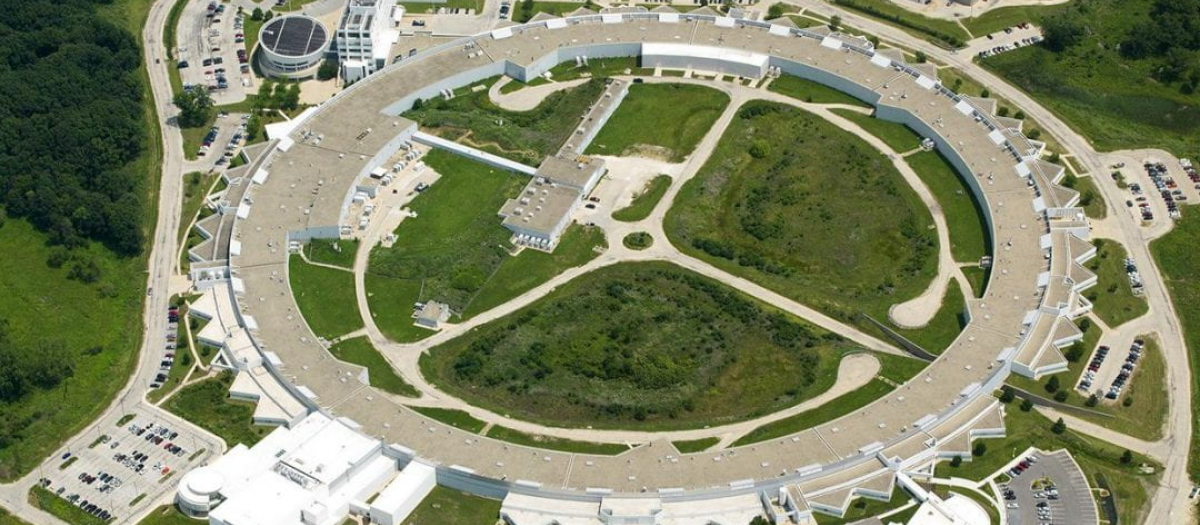Argonne National Laboratory
9700 South Cass Avenue
Advanced Photon Source
Building 401
Lemont, IL 60439 USA
630-252-9090

Argonne National Laboratory
9700 South Cass Avenue
Advanced Photon Source
Building 401
Lemont, IL 60439 USA
630-252-9090
The APS is funded by the Office of Science, Office of Basic Energy Sciences in the U.S. Department of Energy. We operate a national user facility that is open to everyone who has a need for extremely bright x-ray photon beams.
The APS is one of the most technologically complex machines in the world. This premier national research facility provides ultra-bright, high-energy x-ray beams to more than 5,000 (and growing) scientists from around the United States and the world. These scientists (we call them "users") come to the APS from universities, industry, medical schools, and other research institutions. Our users bring with them ideas for new discoveries in nearly every scientific discipline, from materials science to biology, chemistry, environmental, geological, and planetary science, and fundamental physics. They bring their ideas to the APS because our x-ray beams let them collect data in unprecedented detail and in amazingly short time frames. The knowledge our users gain here promises to have real and positive impact on our technologies, our health, our economy, and our fundamental understanding of the materials that make up our world.
https://www.aps.anl.gov/About/Welcome
The APS has over 450 employees committed to facilitating the success of APS users in pursuit of this knowledge. This commitment is detailed in the APS Mission and Goals.
Scientists access our facility at no cost by proposing an appropriate non-proprietary research program. We continually seek new users who can put this extraordinary scientific resource to good use. (Proprietary research is also possible at the APS on a full-cost recovery basis.) If you are interested in using the APS, please visit our Prospective Users page.
If you would like to find out more about the APS, visit our Introduction to the APS for an explanation of what the APS is, how it works, and to learn about our science and technology.